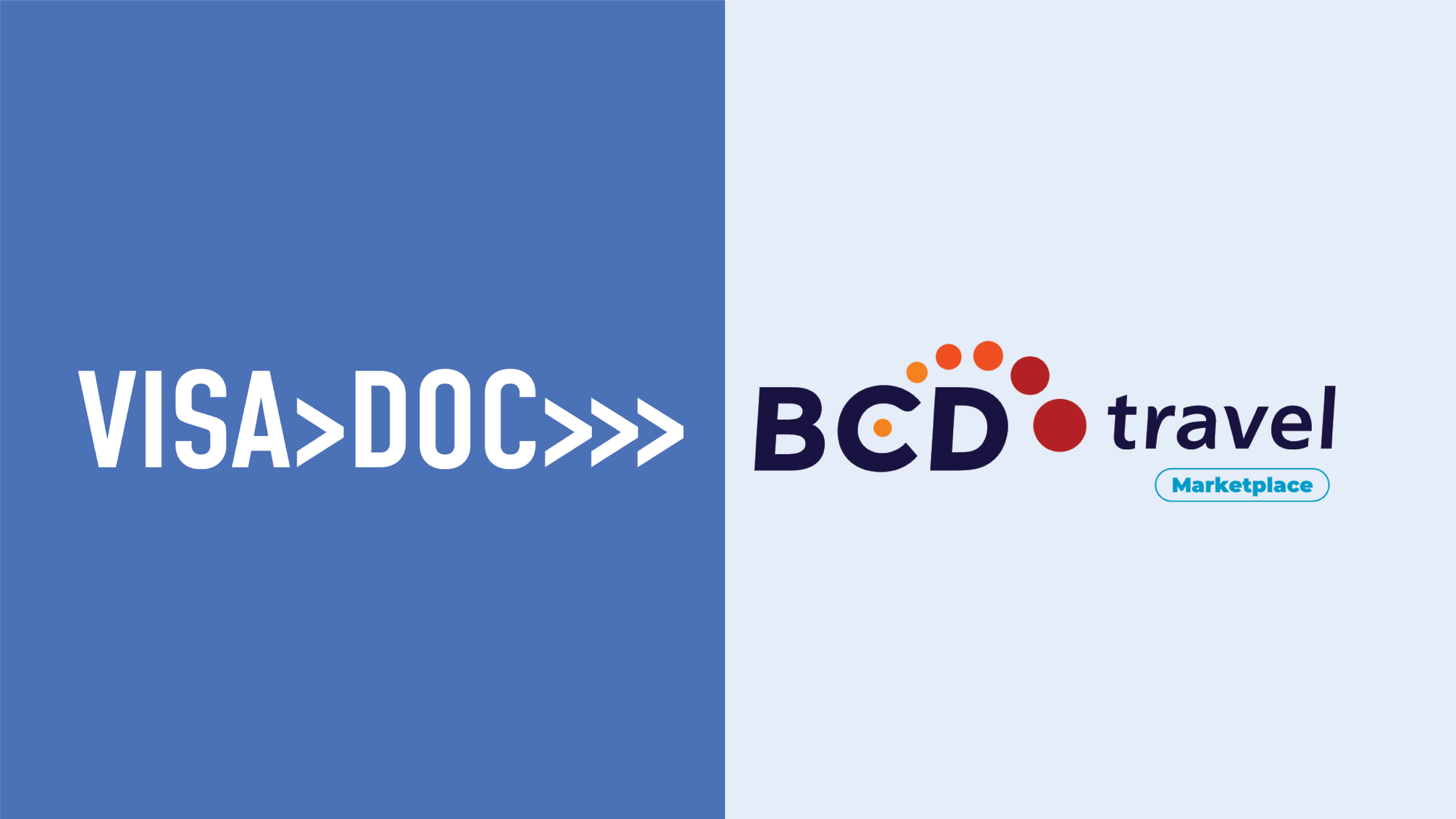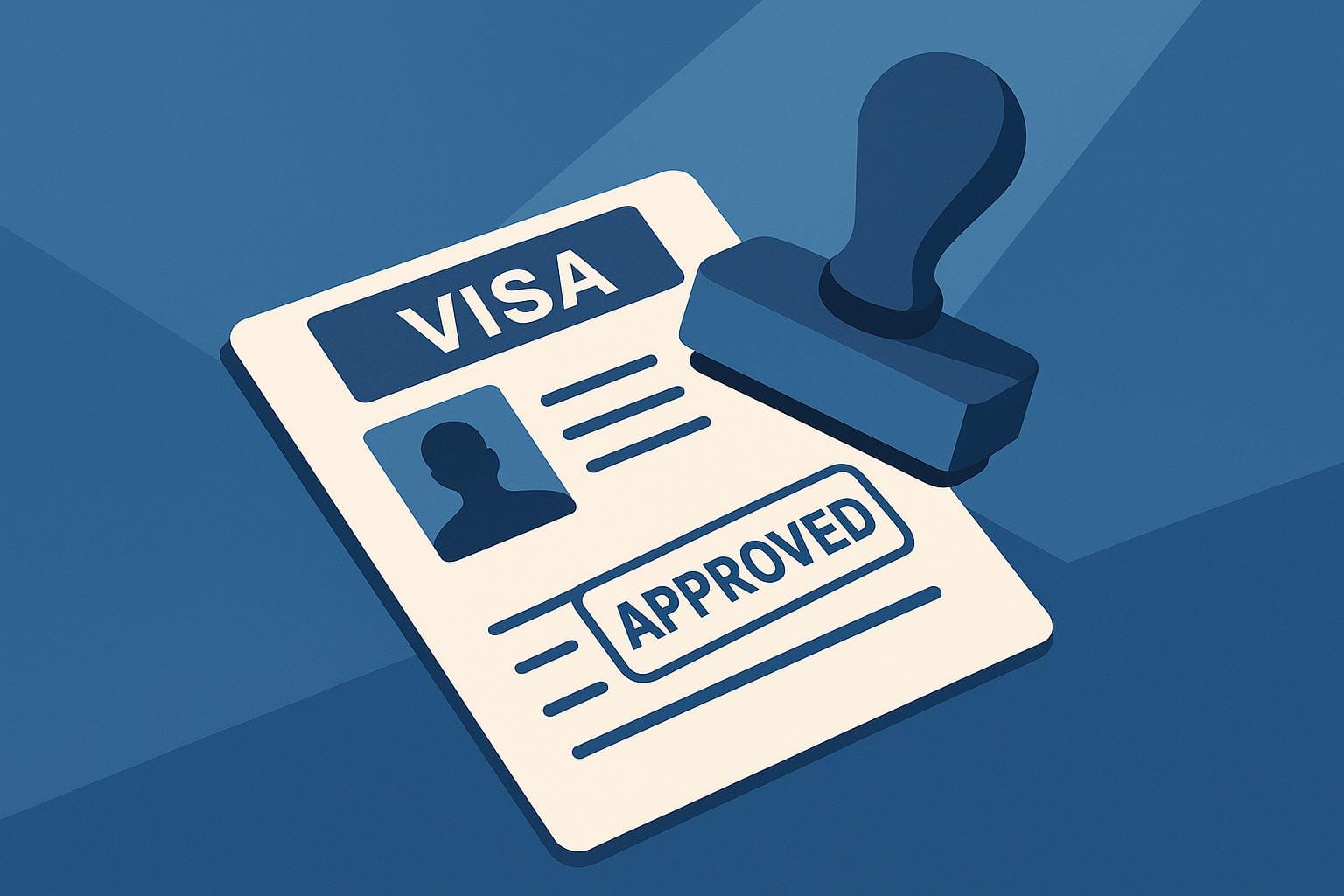Managing SLAs for visa processing ensures faster, more accurate applications while reducing compliance risks. Here's what you need to know:
- What SLAs Do: Define timelines, roles, and quality standards for visa applications.
- Key Challenges: Frequent immigration law changes and regulatory complexities.
- Main Goals:
- Faster processing times
- Accurate documentation
- Legal compliance
- Performance monitoring
- How to Succeed: Use automation tools like VisaDoc for document checks, real-time tracking, and compliance alerts.
Key SLA Components for Visa Processing
To ensure smooth visa processing, it's crucial to establish SLA components that turn goals into actionable steps, focusing on efficiency, accuracy, and risk management.
Service Scope and Team Roles
A strong service level agreement for business visa processing should outline:
- Service scope: Covering application preparation, submission, and follow-up.
- Roles and responsibilities: Clearly assign duties to HR teams, legal departments, immigration experts, and process managers.
- Communication protocols: Specify channels, escalation paths, and criteria for urgent or exceptional cases.
- Emergency procedures: Include steps for handling expedited processing requests.
- Task accountability: Assign tasks to specific team members to minimise delays and ensure consistent results.
Once roles are defined, the next step is to establish measurable indicators for these responsibilities.
Measuring Success: KPIs and Metrics
Use specific metrics to evaluate SLA performance, focusing on efficiency, accuracy, and compliance:
- Time-based metrics: Monitor turnaround times for initial reviews, document checks, and submissions.
- Quality metrics: Track documentation accuracy and first-time approval rates.
- Compliance metrics: Identify and measure instances of regulatory non-compliance.
- Stakeholder satisfaction: Gather feedback from applicants and internal teams to assess overall satisfaction.
Incorporating compliance checks ensures that performance aligns with legal and regulatory standards.
Legal and Regulatory Requirements
SLAs must adhere to UK immigration laws and GDPR regulations. Key considerations include:
- Home Office alignment: Ensure SLAs meet processing standards and official guidance.
- Flexibility for updates: Include mechanisms to revise SLA terms if immigration rules change.
- Record-keeping policies: Maintain proper documentation as required by law.
- GDPR compliance: Protect personal data during the visa process.
VisaDoc simplifies compliance by automating document checks, using AI to verify accuracy, and sending real-time alerts to meet Home Office standards.
Risk Management Protocols
Minimise risk with structured protocols, such as:
- Staff training: Provide regular updates on immigration regulations to all relevant employees.
- Automated checks: Use technology to validate documents and flag any discrepancies.
- Issue escalation: Establish clear procedures for reporting and addressing compliance issues.
- Remediation workflows: Define steps to quickly resolve violations.
These measures help maintain a high standard of compliance and reduce potential risks in visa processing.
SLA Management Methods That Work
Effective SLA management ensures visa processing runs smoothly and complies with UK immigration regulations. Once you've established the service scope, roles, and KPIs, consider these methods to improve SLA management:
Writing Clear SLA Terms
Draft SLA clauses that are clear, achievable, and flexible enough to update as needed. Keep the terms specific and straightforward to avoid any confusion or misinterpretation.
Monitoring SLA Performance
Implement centralised dashboards, regular performance reviews, and audit checks to keep track of visa processing performance. This helps ensure everything stays on target.
Using Tools and Automation
After setting and monitoring SLA terms, automation can help maintain consistency. For example, VisaDoc offers features like:
- Automated document verification
- Real-time tracking of applications
- Alerts for compliance issues
- Dashboards for tracking SLA performance
These tools can streamline processes and reduce manual errors, keeping operations efficient.
Tech Solutions for SLA Management
Technology plays a key role in improving SLA compliance and operational efficiency. Each tool is designed to support specific KPIs like turnaround time, accuracy, and compliance. By focusing on metrics such as speed, error rates, and adherence to regulations, these solutions help ensure SLA targets are met.
Essential Automation Tools
- Automated document checks: Speed up review processes, reducing delays.
- Real-time alerts: Help avoid missed deadlines by flagging issues immediately.
- HR-system integration: Minimises manual data entry, saving time and reducing errors.
Benefits of a Centralised Platform
Using a single platform provides complete visibility across operations. It enables continuous compliance monitoring and simplifies reporting by consolidating data in one place.
Comparing Manual and Automated Management
Switching to automation can drastically improve efficiency. Tasks that once took days can now be completed in hours. Automation also reduces error rates by half, ensures compliance is monitored around the clock, and lowers staffing costs.
These technologies make visa processing more dependable and aligned with the fast-paced requirements of modern business mobility.
Maintaining and Improving SLAs
To keep your SLAs effective, it's important to regularly assess and fine-tune them. This ensures they remain aligned with organisational goals and operational needs.
Performance Tracking Methods
Keep a close eye on your performance by revisiting your KPIs and leveraging dashboards. Dashboards provide real-time insights into metrics, helping you spot and address issues as they arise.
Managing SLA Violations
When an SLA is breached, act quickly and systematically. Start with an immediate assessment, conduct a root-cause analysis, and implement corrective actions. Automated alerts and additional training can help minimise the risk of similar issues in the future.
Regular SLA Updates
SLAs should evolve alongside changes in policies, workload, and priorities. Schedule periodic reviews and document all updates in a centralised system to maintain clarity and consistency.
Up next, we’ll highlight the key points to wrap up the SLA management process.
Summary
Managing SLAs effectively depends on clearly outlined service scopes, team roles, and measurable KPIs for areas like turnaround times, accuracy, and compliance. VisaDoc simplifies this process by automating document verification and tracking requirements, improving both efficiency and compliance.
Key SLA Components
- Performance Monitoring: Real-time tracking, dashboards, and alerts help identify issues early and ensure quicker responses.
- Compliance Management: Staying updated with regulatory changes and documentation needs reduces the risk of violations.
- Process Automation: Automating tasks like document verification and tracking ensures consistent results and improves efficiency.













